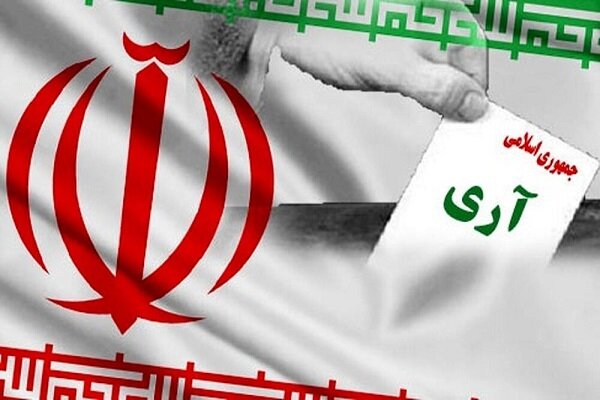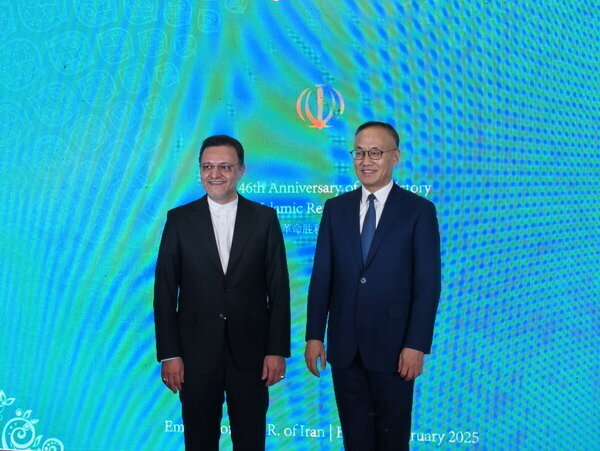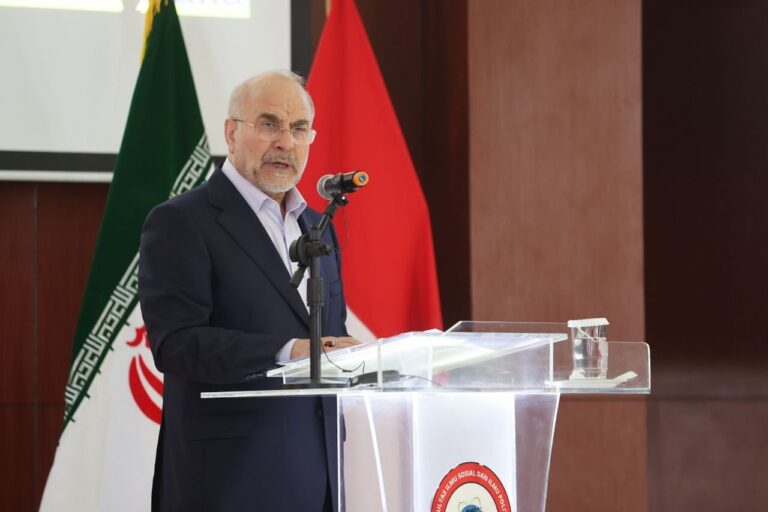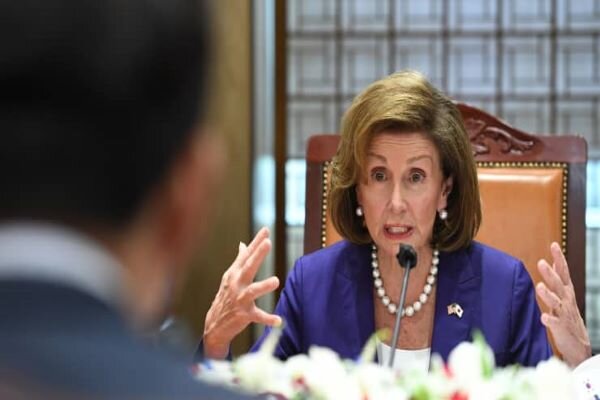Islamic Republic Day: A Pivotal Moment in Iran’s Political Evolution
The Day of the Islamic Republic, celebrated annually on the 12th of Farvardin, marks a significant event in Iran’s history. This national holiday commemorates the establishment of the Islamic Republic of Iran in 1979, symbolizing the nation’s political and cultural identity. It serves as a reminder of the achievements and aspirations of the Iranian people, who engaged in a historic vote demonstrating their commitment to freedom, pride, and independence.
On the 12th of Farvardin 1358 (April 1, 1979), a remarkable turnout by the Iranian populace showcased their will to redefine their governance, putting an end to centuries of monarchy. The Day is not just a celebration; it is a reflection of the profound changes that took place in Iran during this period.
Decisive Vote for the Islamic Republic
On this significant day, the Iranian people voted overwhelmingly to establish an Islamic Republic. Their participation in a landmark referendum held on March 30-31, 1979, was pivotal. Over 98.2% of eligible voters supported the establishment of a political system rooted in Islamic principles. This vote, occurring shortly after the Islamic Revolution’s victory, marked a watershed moment in Iran’s modern history.
This national occasion was not only a realization of the slogan ‘independence, freedom, and the Islamic Republic’ but also the beginning of a journey towards a religious democracy amid a world divided by communist and capitalist ideologies. The Day became a turning point in the Iranian Revolution, laying the groundwork for the Islamic Republic’s formation—an outcome of years of sacrifices made by the courageous Iranian people in their quest for genuine independence and self-governance.
According to the Leader of the Islamic Republic, Ayatollah Seyed Ali Khamenei, the establishment of religious democracy was a divine gift bestowed upon the Iranian nation by the late Imam Khomeini (RA), the founder of the Islamic Revolution.
Imam Khomeini’s Vision
Imam Khomeini regarded April 1 as ‘the first day of Allah’s rule’. He believed that the approval of the Constitution by the nation’s representatives was a crucial step toward implementing Islamic law across all facets of the country.
- The majority of Iranians voted for the transformation of their political system on this day.
- For over 2,500 years, Iran was under monarchy until the people chose an Islamic Republic.
- 98.2% of voters supported this significant political shift.
After years of living under secular regimes and various monarchies, the Iranian people decided to embrace a political system that aligned with their Islamic beliefs. This new system did not dismiss religion; instead, it integrated it into governance.
The Islamic Republic draws upon Islamic laws and values to shape its legislative framework, moral compass, and societal norms. The term ‘republic’ signifies a state where supreme power resides with the people and their elected officials, including an elected or nominated president. In Iran, this means that the people actively participate in the electoral process, selecting their president, ministers, and the council responsible for electing the Supreme Leader.
Islamic and Republican Values
Today, the terms ‘Islamic’ and ‘republic’ are intrinsically linked in the context of Iran’s political landscape. By choosing an Islamic Republic, Iranians also expressed their desire to break free from unhealthy affiliations with the West, asserting their independence.
The overthrow of the Pahlavi regime and the triumph of the people’s voice ushered in significant changes, particularly in the Middle East—changes that were met with resistance from neighboring regimes. As a result, numerous plots aimed at undermining Iran’s political structure emerged, including the eight-year war against Iran. Despite these challenges, the Iranian people successfully defended their nation, although adversities persist in various forms, such as international sanctions and opposition to Iran’s pursuit of peaceful nuclear energy.
Annual Commemoration
Every year, on the 12th of Farvardin, the Iranian populace reaffirms their commitment to the principles laid down by Imam Khomeini. They honor the sacrifices of their martyrs and pledge to continue the work that has been set before them. This day serves as a poignant reminder of the challenges faced by those who fought for Iran’s independence and sovereignty.
The Islamic Republic Day encapsulates the spirit of a nation that has chosen its path, forging a unique identity built upon the foundations of Islamic values and democratic principles. The celebration is not simply an event; it is a reaffirmation of the Iranian people’s resolve to uphold their rights and freedoms, ensuring that the sacrifices of their forebearers are never forgotten.
As the 12th of Farvardin approaches each year, Iranians reflect on their journey, embracing both their struggles and achievements, while looking towards a future shaped by their aspirations and ideals.






